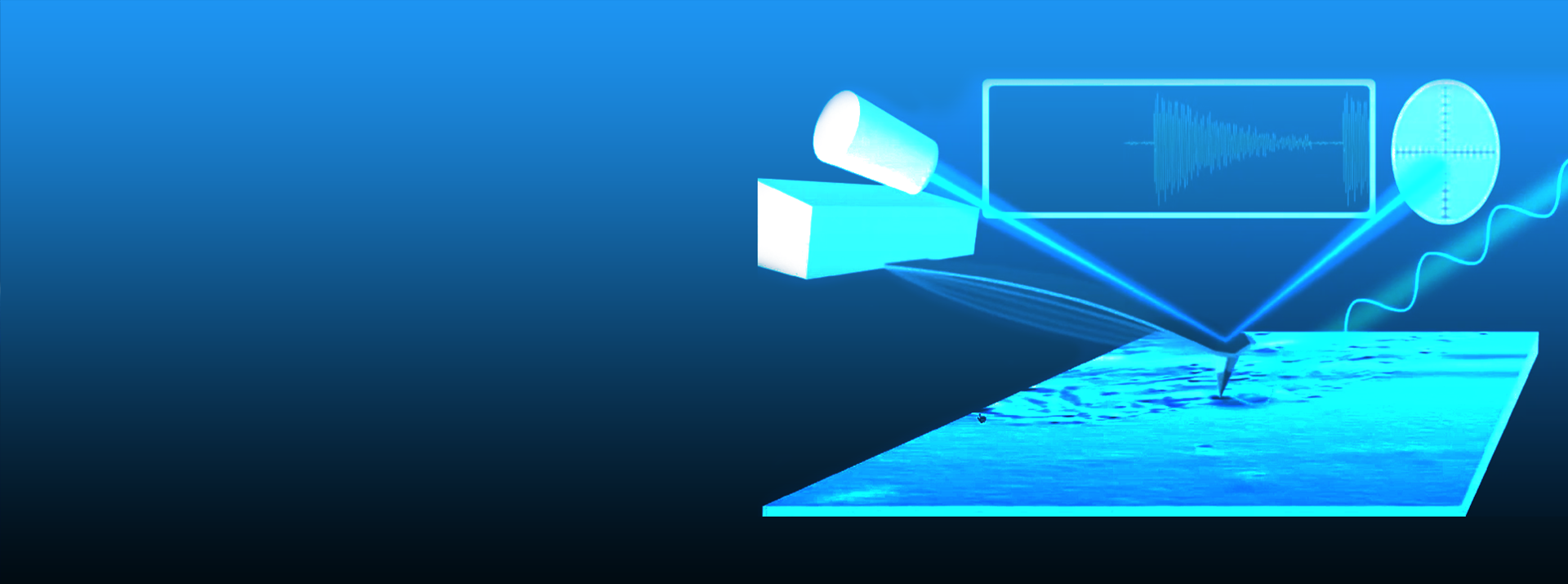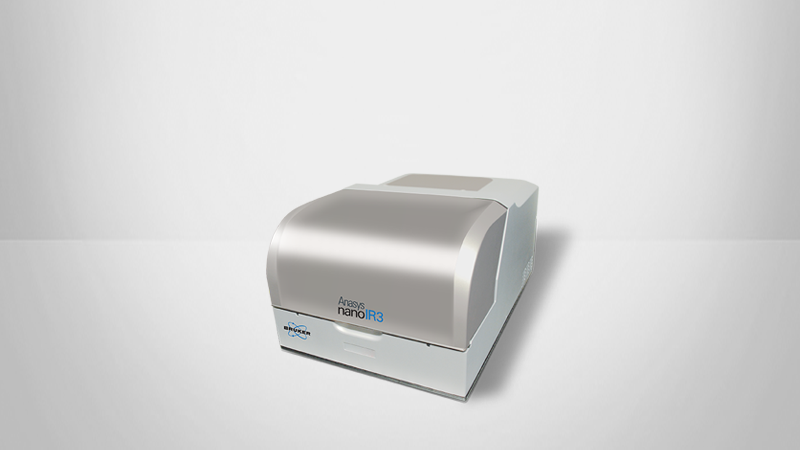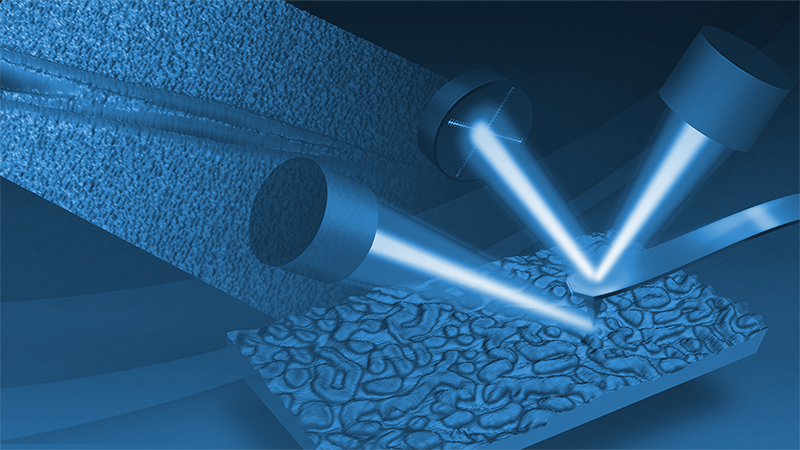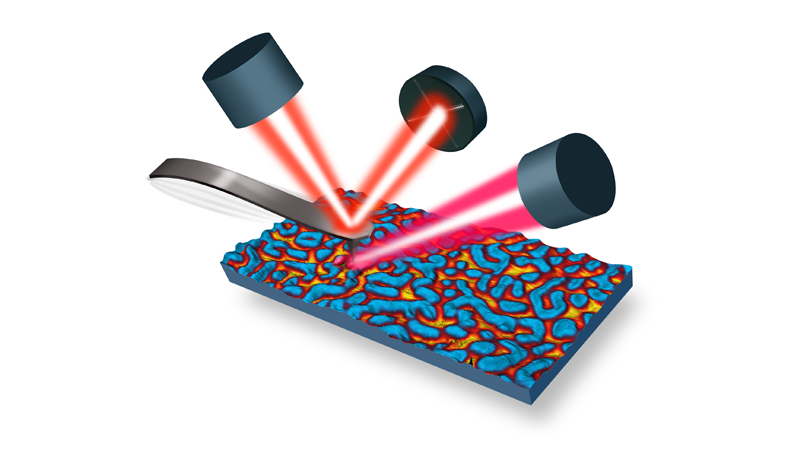

Advanced Nanoscale IR Spectroscopy and Applications
Understand photothermal AFM-IR and discover advanced nanoscale IR spectroscopy applications
AFM-IR is a combination of an AFM and an IR tunable laser, bringing infrared spectroscopy and imaging to the nanoscale. The technique was invented in 2005 by Prof. Alexandre Dazzi (the guest speaker for this webinar) and can be performed using Bruker’s nanoIR platform.
During this webinar, Prof. Alexandre Dazzi reviews the fundamentals of the photothermal AFM-IR technique. He also presents example applications in biological and other physical sciences.
Viewers will discover:
- The physics behind photothermal AFM-IR
- The unique capabilities of AFM-IR
Diverse examples of AFM-IR in real-world applications
Webinar Summary
In this webinar, our expert presenters describe the history, fundamentals, and applications of photothermal AFM-IR. This webinar does not require any prerequisite knowledge and is relevant even for the photothermal AFM-IR novice.
Dr. Curtis Marcott first reviews the history of the nanoIR product line, starting with Prof. Alexandre Dazzi’s invention of the AFM-IR technique in 2005, progressing through the creation of Anasys Instruments and its subsequent acquisition by Bruker in 2018. For breaking the diffraction limit, Prof. Dazzi won the Abbe Award in 2014. Bruker’s latest nanoIR platform is the nanoIR3, with capabilities for s-SNOM and broadband laser integration.
Prof. Dazzi then discusses applications of AFM-IR before explaining in depth how the technique works both practically and fundamentally. His discussion of fundamentals includes a proof of the underlying physics and relevant relations. Prof. Dazzi also reviews some AFM-IR modes: resonance-enhanced mode, contact or tapping imaging modes, and correlative imaging modes.
Find out more about the technology featured in this webinar or our other solutions for nano-IR:
Featured Products and Technology
Speaker
Alexandre Dazzi, Université Paris-Saclay, Institut de Chimie Physique
Alexandre Dazzi is a tenured Professor of Physics at Université Paris-Saclay and works at the Institut de Chimie Physique. His research focuses on the infrared and nanoscience domain. After inventing and developing the AFM-IR technique, he has worked on improving AFM-IR instrumentation and focused on biological applications. He now has a user facility and collaborates with various groups in different domains like astrophysics, culture heritage, polymer science, and microbiology. He was the 2009 laureate for France's national instrumentation prize from the Societé Francaise Division de Chimie Physique and received the Ernst Abbe Award in 2014 from the New York Microscopical Society.
Dr. Curtis Marcott
Senior Partner, Light Light Solutions; Previous: Technical fellow at Proctor & Gamble


